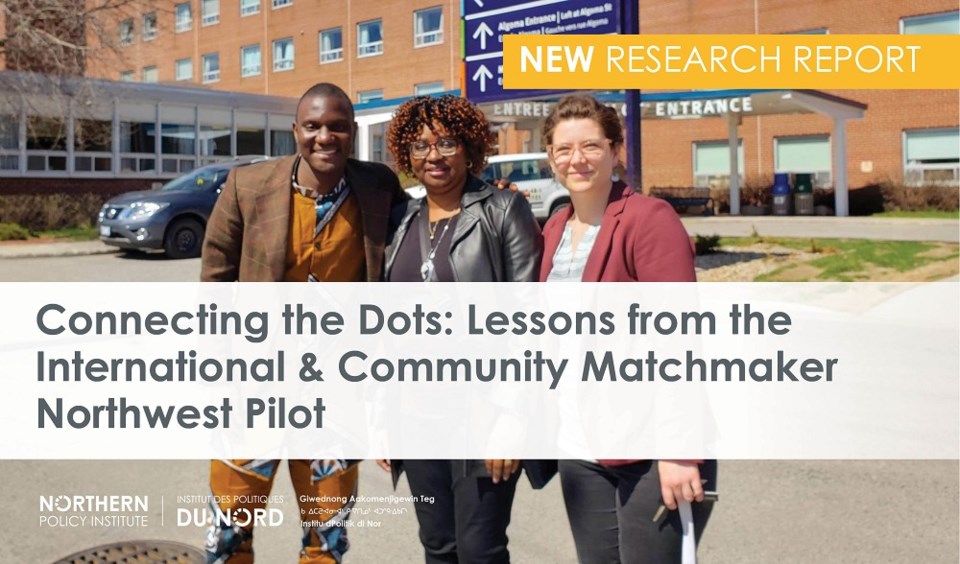April 29, 2021 | Anthony Noga
With the Rural and Northern Immigration Pilot up and running, increased immigration levels over the next several years, and an extended Atlantic Immigration Pilot, it is clear that newcomers are valuable to the growth of Canada. Unfortunately, international students, temporary visa holders, Francophones, rural communities, and those residing outside of Canada are a huge pool of potential new residents but are underserved by existing programs.
The project was launched following a Canadian Chamber of Commerce initiative focused on identifying key local issues and how to address them. The Thunder Bay Chamber of Commerce hosted a roundtable of community leaders that highlighted perceived gaps in the attraction, settlement, and retention of migrants to the region. The ICM project was launched as an applied research project for two years to confirm not only whether this perception was reality, but how do we fill it?
The project confirmed that there was indeed significant unmet demand. The Matchmakers met a wave of interest for assistance in navigating existing services and getting around service and information gaps. In fact, over 40 jobseekers landed positions with the help of the Matchmakers. Furthermore, the project identified not only was there a significant Francophone demand from both jobseekers and employers, but that there was a communication gap that they could help fill between jobseekers and employers.
Based on the successes, and obstacles, the Matchmakers faced, the paper outlines several lessons that impact community service providers, decision-makers and other agencies that connect in with migration:
- Be flexible. Pilots are meant to be testing grounds and as things develop, so should you.
- Continue focusing on employer engagement.
- Market successes.
- Work with partners that fill organizational gaps on your end. If your organization is not strong on the research front, work with those who are.
Overall, based on the findings of the NW ICM project, there is some serious work that needs to be done – namely filling the service gap of those that have traditionally been underserved. However, it takes more than a Matchmaker or two. It involves government, local decision makers, community organizations, employers, and more in order to help grow our communities.
